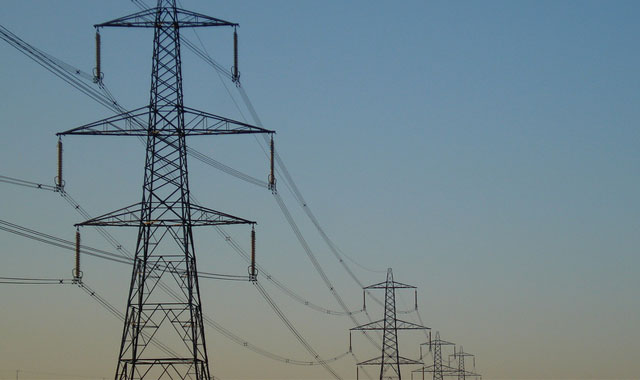
A plan is in the making for Eskom’s financial and operational recovery, public enterprises minister Lynne Brown said in Johannesburg on Tuesday.
“Yesterday, the Eskom leadership and the leading global expert on the subject walked me through the very latest analysis of the road ahead,” she said. “The expert on this matter says there is a reasonable chance of success — assuming that we can climb mountains, of course.”
Eskom and others would be required to make an “extraordinary effort” over the next three to four years.
This follows cabinet’s approval of a government bailout of Eskom, including support measures and an equity cash injection of at least R20bn.
Brown was speaking at the release of Eskom’s interim financial results for the period ended 30 September, which painted a bleak picture for the state-owned company’s liquidity.
Eskom’s six-month profit was reduced to R9,3bn, with a projected year end profit of only half a billion rand.
Brown said the mystery plan’s “scale and its breadth are a serious match for the challenges which it sets out to overcome.
“It is multifaceted and complex and we will have to climb and move mountains to make it work — but I believe it is the sea change that we have all been looking for.”
She warned that failure was not an option. “In short, we must become world-class mountaineers.”
She finished her speech on an enigmatic note: “No. You will have to wait a while longer before all those plans are fully baked and before you get any more on the subject out of me.”
Eskom revealed on Tuesday that its first-half profit had decreased by 24% to R9,3bn, compared to R12,2bn for the same period last year.
Rising production costs, sales volumes having declined by 1,35% (compared to the previous year) and municipal arrears debt of R4bn compounded its financial difficulties.
The power producer’s finance director Tsholofelo Molefe said Eskom’s sustainability was being threatened by higher production costs, although the government bailout helped to offset this.
“This package will support liquidity in the short-term, but in the long-term it remains absolutely imperative that the tariffs must reflect the cost to supply electricity.”
The National Energy Regulator of South Africa has approved tariff hikes that would provide an additional R7,8bn for the financial year 2015/2016.
Eskom CEO Tsholofelo Matona warned that until Eskom’s capacity and liquidity were improved “we are living on the edge”.
“We have a crisis on our hands.”
Eskom would take the opportunity to do maintenance whenever this was viable, but maintenance often led to reduced capacity.
In the event of load-shedding, Eskom would continue to “protect the economy” by first cutting residential power supply — even though it pained Eskom to do this, Matona said.
“When we do loadshed, it is out of responsibility to prevent a total blackout that could be catastrophic for the country and the region.”
Matona appealed to South Africans to “live lightly this summer” through conserving electricity.
Normally the demand for power is lower in summer and Eskom used this time to conduct planned maintenance.
Democratic Alliance spokeswoman on public enterprises Natasha Michael said the party “welcomed” Matona’s candidness. “Eskom is the only business I know of that requests their clients to use less of their product.”
She said the financial results were an indication that drastic changes were needed in the power producer. “The partial privatisation of Eskom and the involvement of other independent power producers is now a mathematical inevitability.”
On Monday, ANC secretary general Gwede Mantashe said the ruling party was not in favour of such a step. “Electricity remains a public good and therefore, if you totally privatise it, it will have problems,” Mantashe told press in Johannesburg. “Privatisation of electricity supply is not a panacea.” — Sapa




